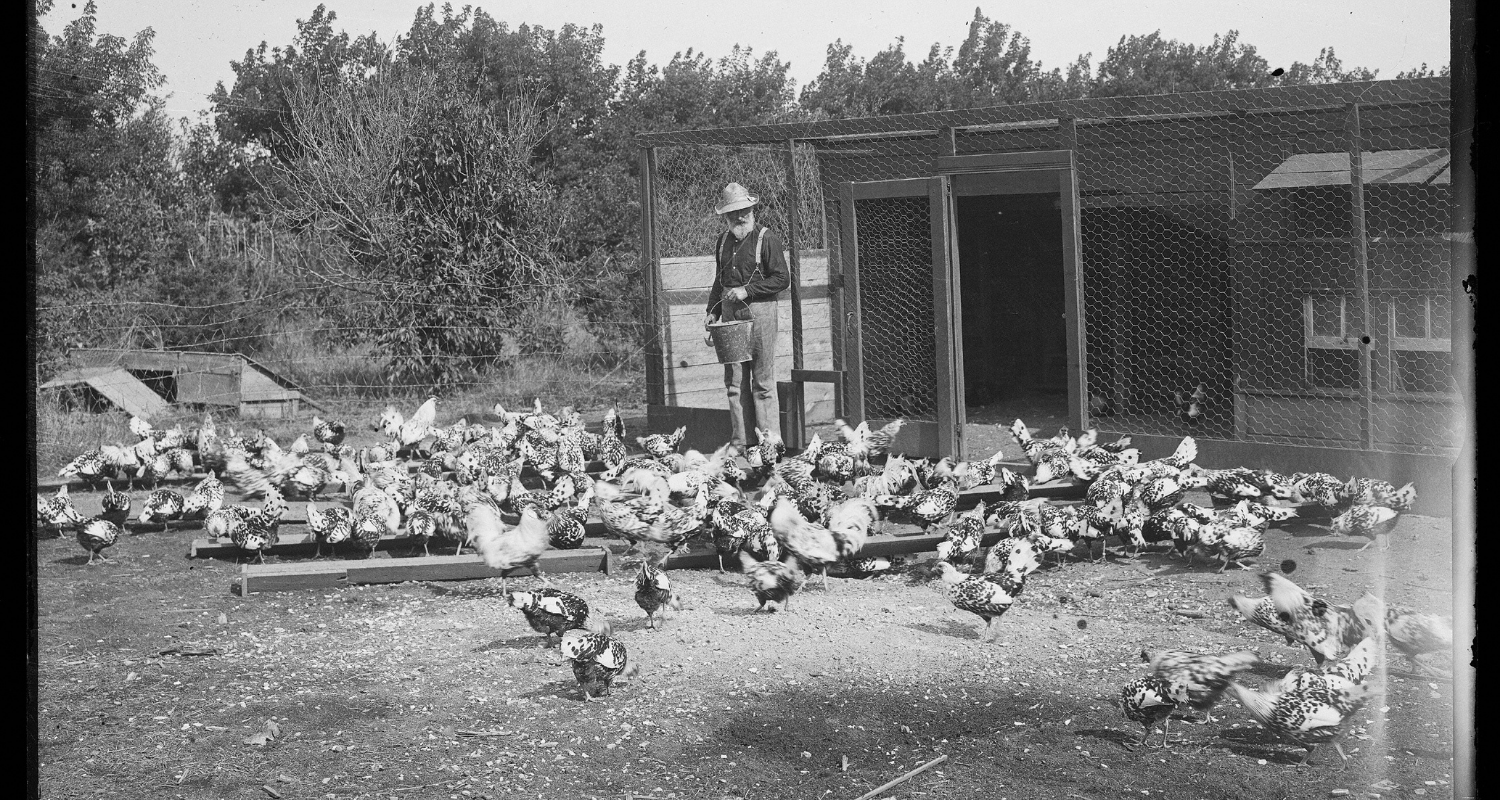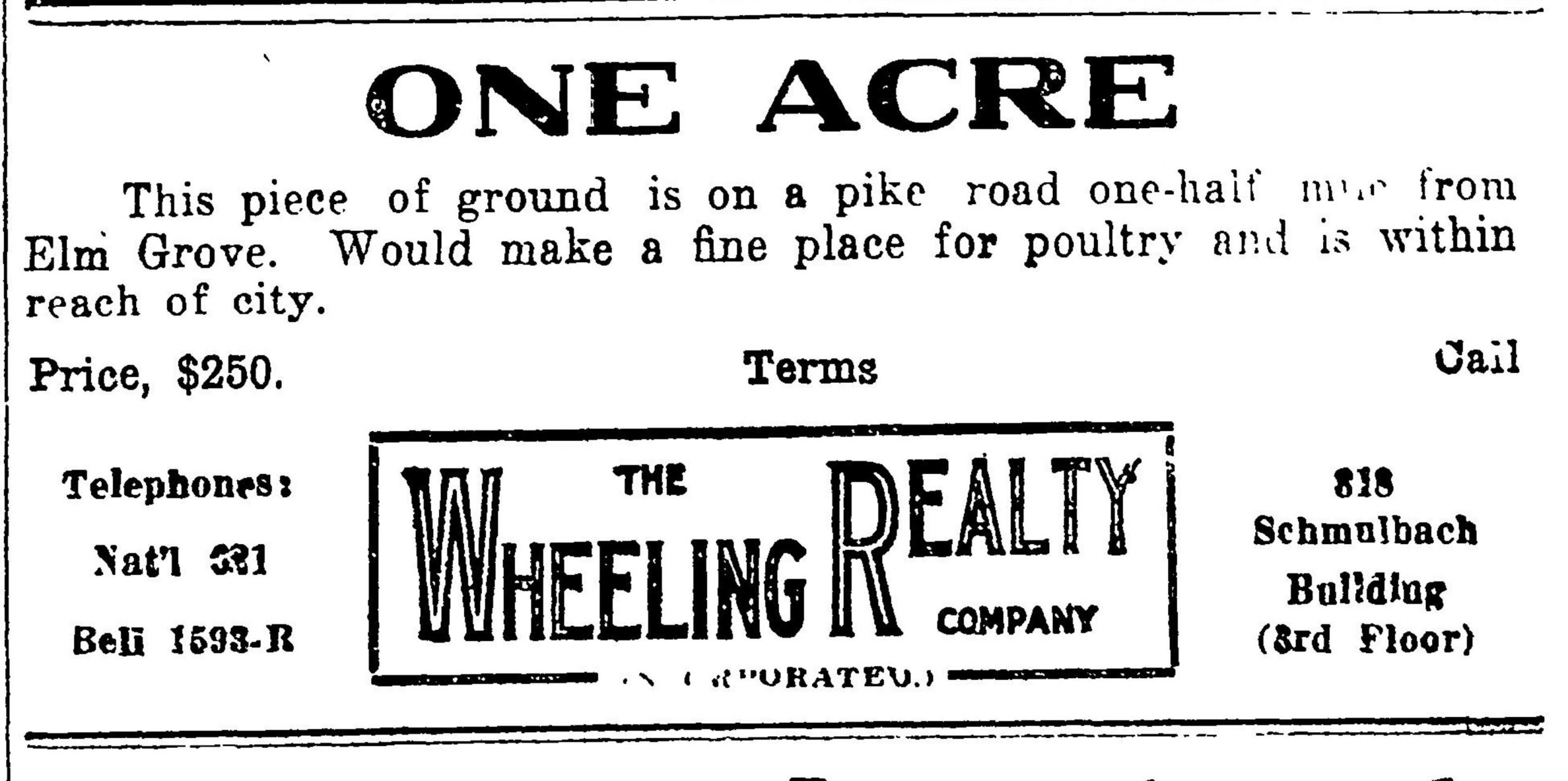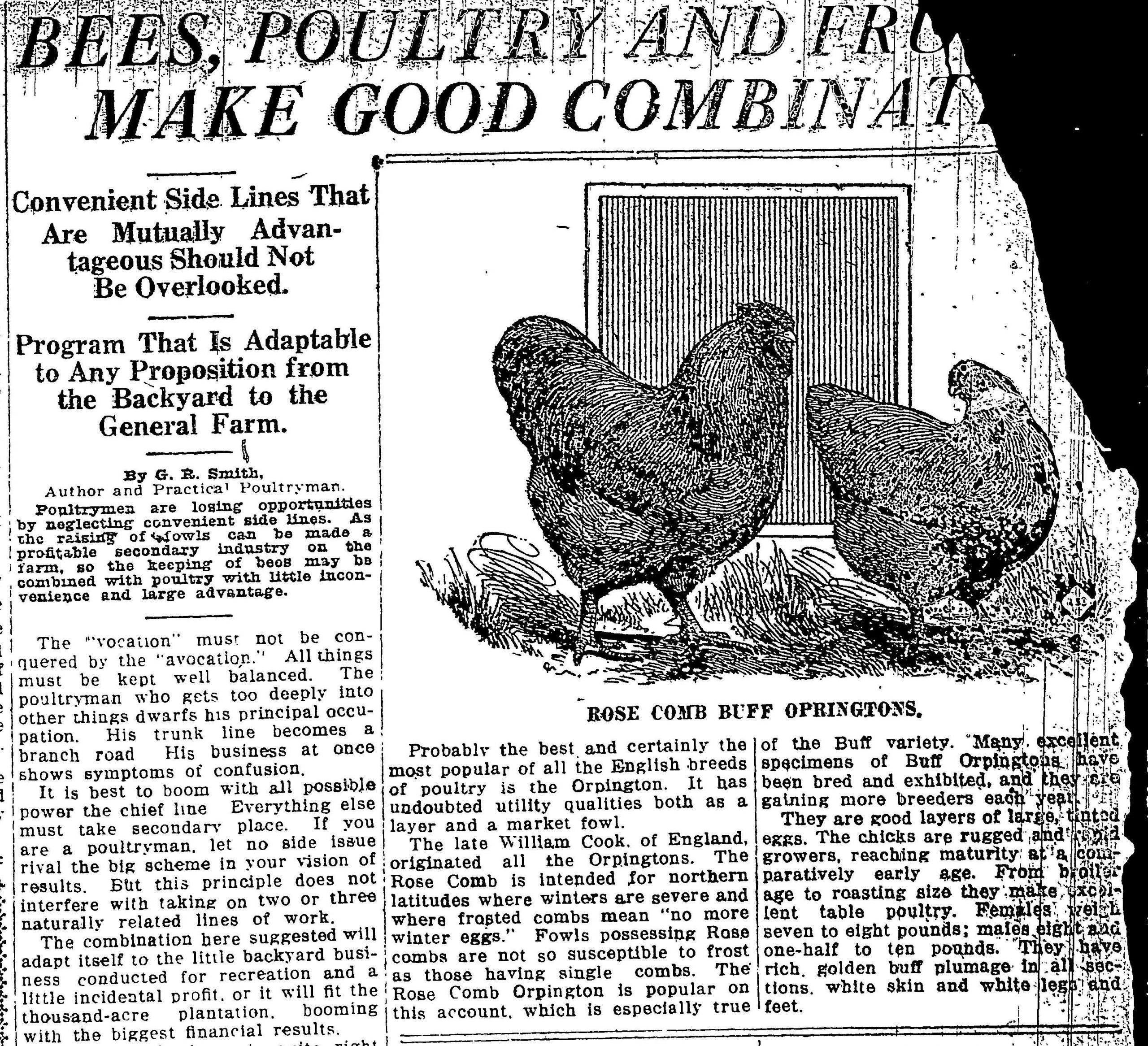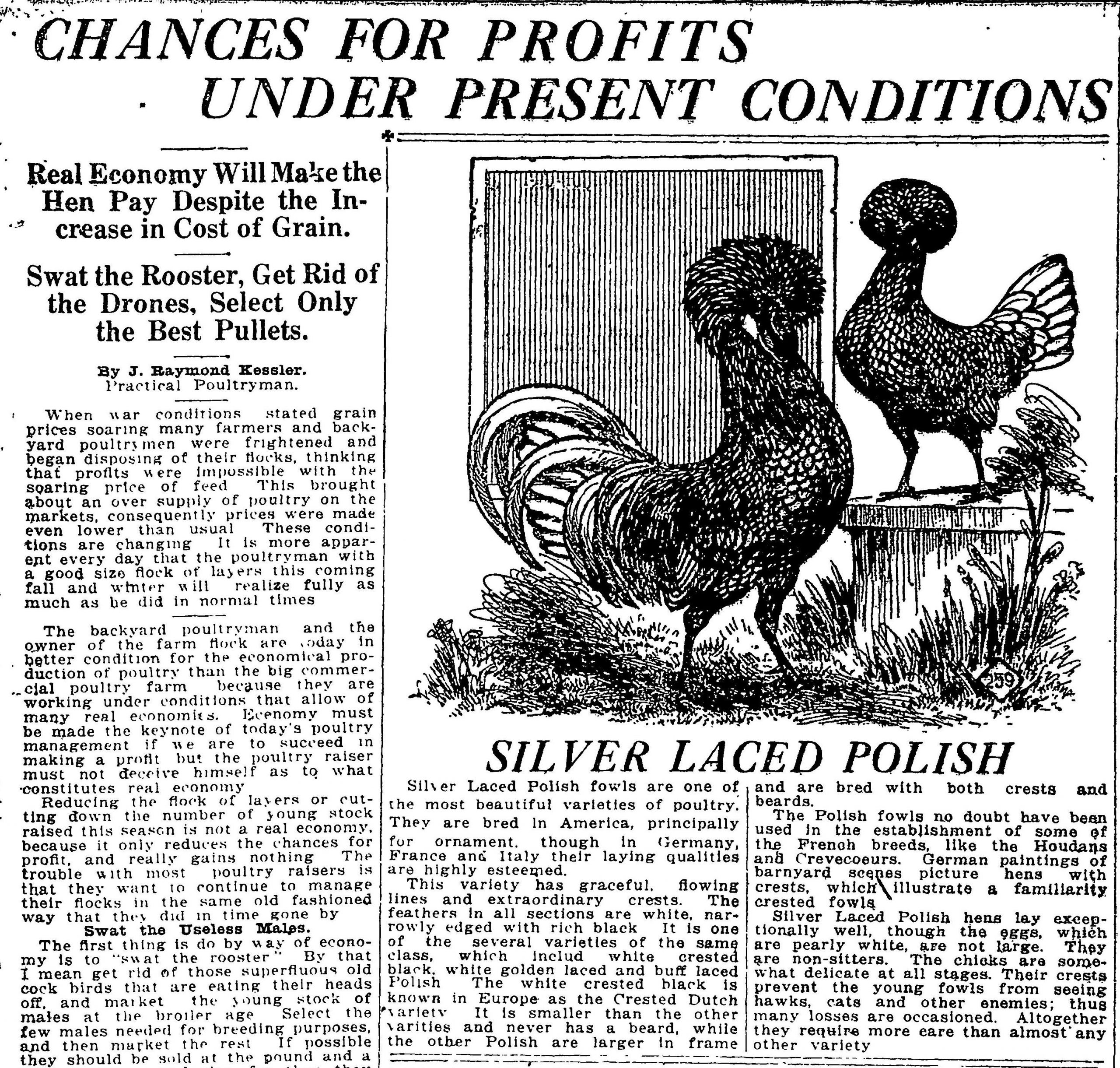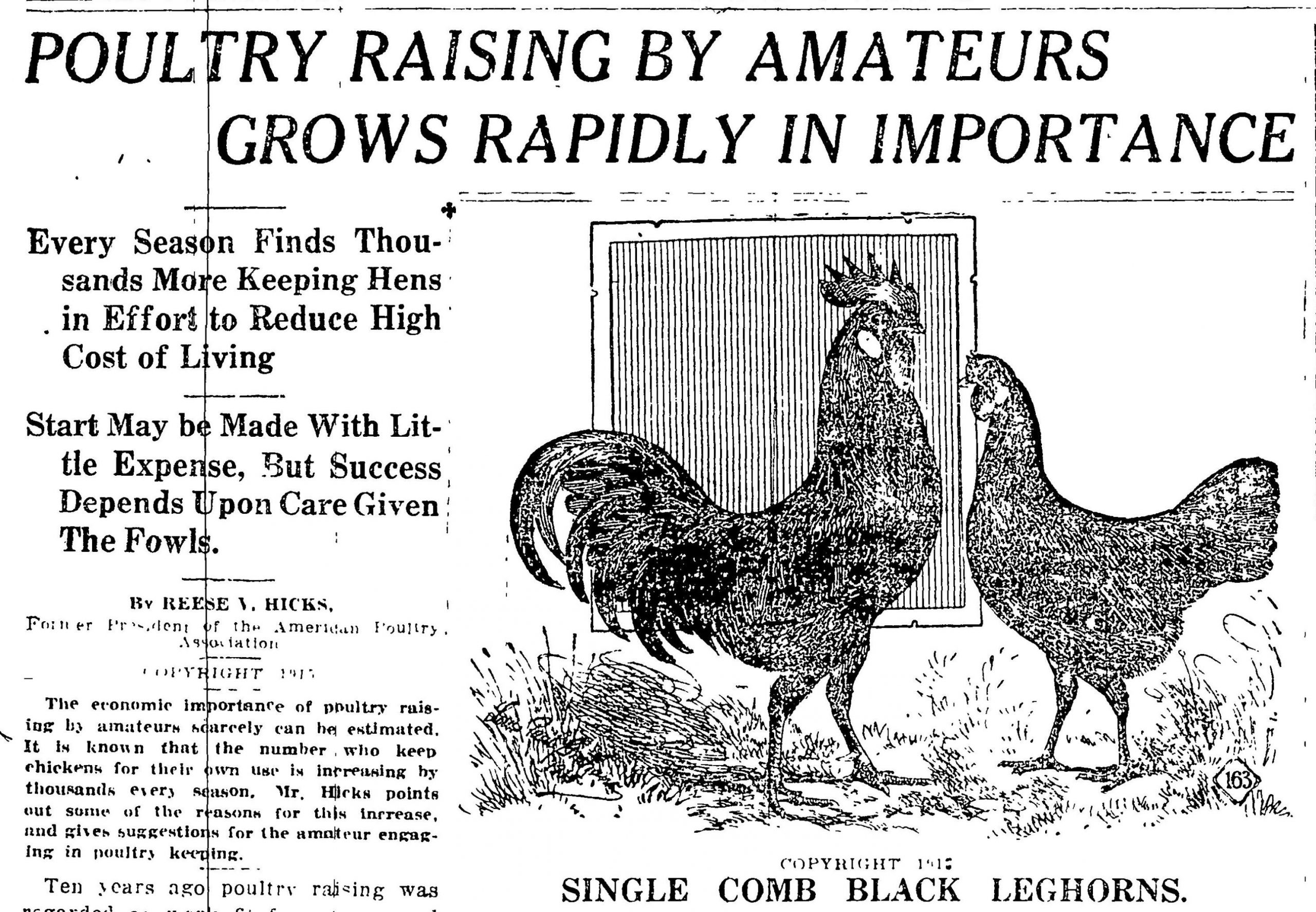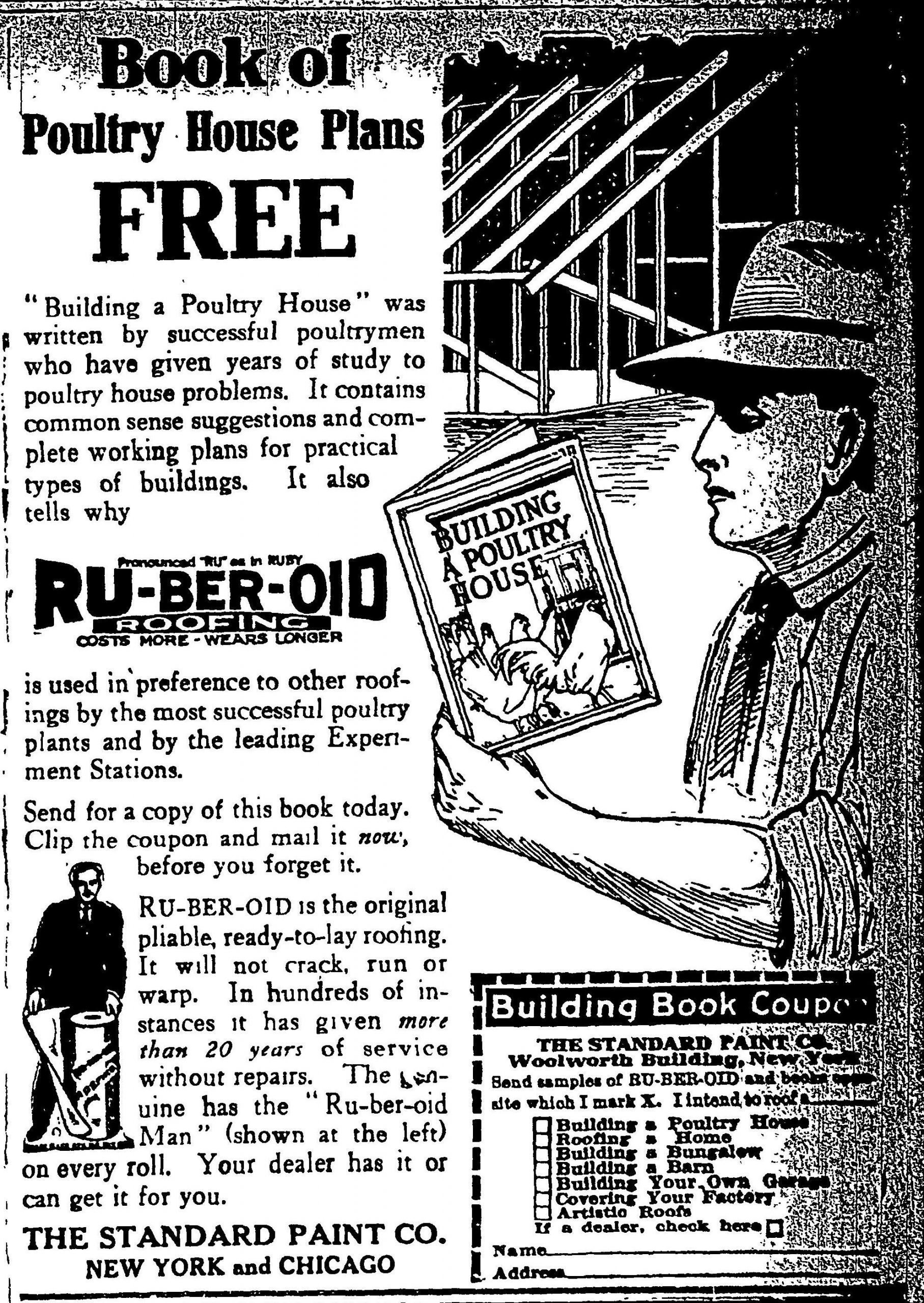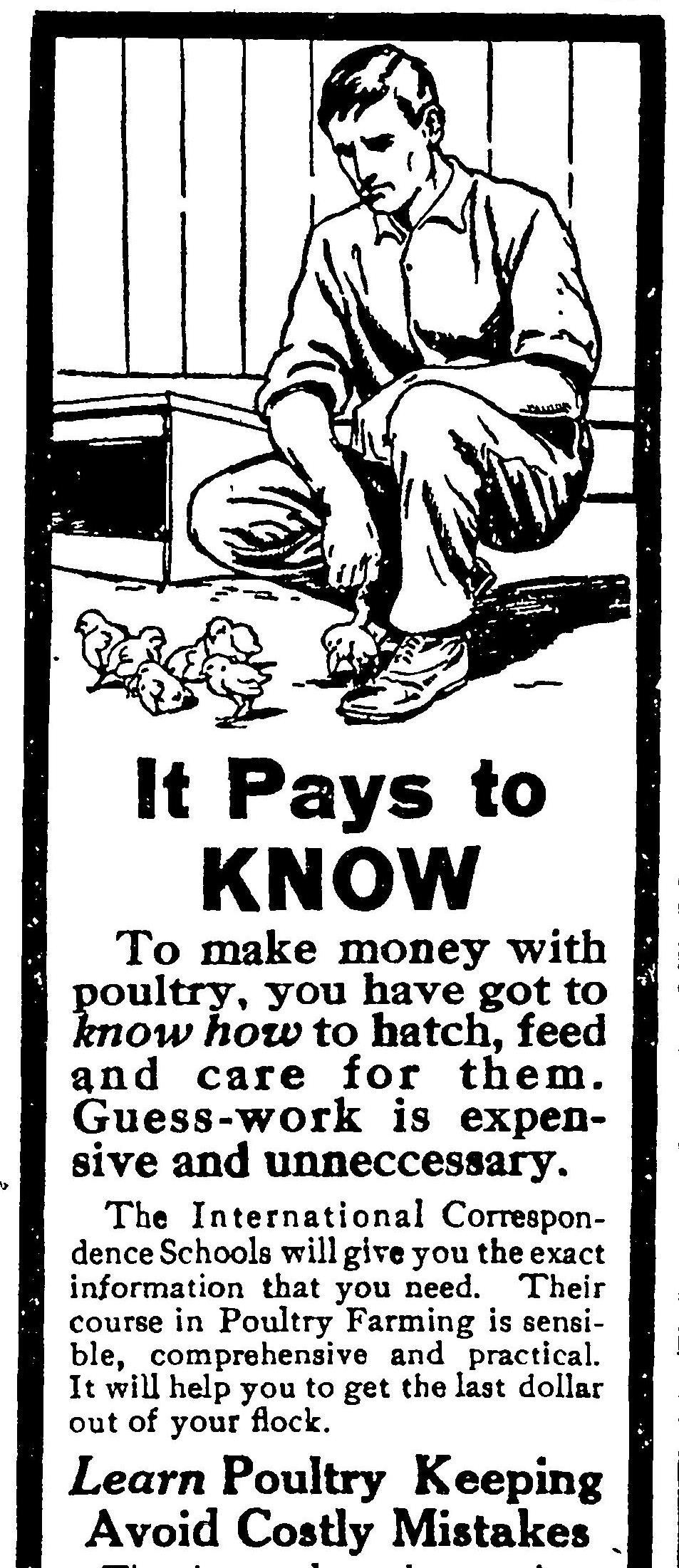The arrival of spring complicates visits to the feed store. Routine trips to pick up pet food, seeds, or a new pair of pants are suddenly made fraught by the cutest seasonal offering: chickens. The siren song of peeps emit from the warm glow of the heat lamps and draws even the most reluctant shoppers to behold them in their undeniable cuteness. Suddenly you’re trying to calculate just how much money you’d save on eggs….after you get the coop built. They pay for themselves, right?
With the backyard chicken movement of the early 2010s and its resurgence in the 2020s, keeping chickens may seem like a whimsical endeavor. Eggs and chicken meat are readily available at most grocery stores. Also, the cost of quality feed can undermine any intended savings. Then, there’s the question of even having access to the land to keep these little feathered friends. Regardless, I’m not here to belittle those who keep or wish to keep in the company of chickens. Take heart, for about a century ago, Wheelingites were considering similar poultry pursuits.
It began quietly at first. An article here, a real estate advertisement mentioning poultry production there. But, by 1915 the Wheeling News-Register had a weekly column devoted to the care and raising of poultry. Contributors to the column were often billed as an “author and practical poultryman.” Occasionally “former experts” from the United States Department of Agriculture would hand down some of their expertise. Alongside these columns would be advertisements for coop-building materials, and correspondence courses promising to instruct students in the basics of poultry raising. This resulted in almost an entire page filled with chicken-related content in the Sunday Newspaper.
Origins of the Chicken Craze
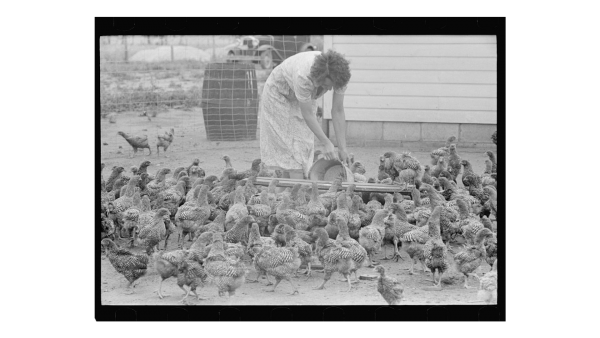
All good trends come from somewhere, so who was this chicken tastemaker? Queen Victoria may have been responsible for the first wave of “hen fever” in the United States.2 In the mid-1800s the queen became enamored with a flock of Cochin birds brought back to her from China and quickly became a devoted caretaker to them. With society taking cues from the Queen, others began to clamor over unique breeds of chickens, and this enthusiasm resulted in poultry shows.
The Boston Poultry show of 1849 was the first in the United States,3 and by the late 1800s, scores of poultry manuals were being printed, encouraging folks to grow their casual fancy into a money-making operation.
Pocket Money Poultry, an 1899 manual written by Myra V. Norys was typical of poultry texts at the time for its earnest introduction to chicken culture, but wholly unique in that it was written by a woman for a female audience. Norys argued that raising poultry particularly suited women both because of natural skill, as well as their “continual, crying need for pocket money.”4 That aside, her assessment of market conditions lend some insight as to why Wheeling was buying into this craze:
Mining towns, manufacturing towns, and fancy groceries in the largest cities furnish most of the other high-price demands of the country.
Sound familiar? Wheeling, like other urban manufacturing cities, was growing rapidly in the early 20th century. Hardworking folks need to eat, and this was a world before the temperature-controlled, comprehensive grocery stores of today. Often, the best way to get something to eat was to get it from your own backyard.
Why Did the Chicken Cross National Road?
In the early 20th century, chickens were still primarily raised for egg-laying, and availability of meat was secondary and seasonal. Farmers raised chickens as a side business to larger, more profitable animals like beef and pork.5 Any tender “spring chickens” were culled roosters, as too many male birds could upset farmyard dynamics. Mature birds that were past their prime as layers were available in the fall but at this point, the meat was tougher and had to be stewed.
Another obstacle in the chicken supply chain was the question of how the birds got to the table. At this time, refrigeration was still not widespread– at home or in commercial settings. Meats were often slaughtered and processed for consumption that same day.6 Those who wanted to keep things cool would stash items in basements, spring houses, iceboxes, or if they were on the cutting edge of technology, a refrigerator.7 But even with these cold storage strategies, there was not yet a widespread temperature-controlled supply chain.
The question of providing safe poultry to city consumers may have hindered farmers trying to supply larger city markets, but Wheeling’s immediate vicinity to farmland likely contributed to this local chicken craze. Simply, people had the space to raise their birds and directly access a hungry, densely populated manufacturing center.
Interwar Years and Beyond
As refrigeration and transport improved, chicken growing operations became larger and were better suited to keep up with public demand for chicken and eggs. During World Wars I and II, chicken and eggs were integral parts of homeland food production and rationing efforts. Americans were encouraged to consume more “meatless” meals so that pork and beef could be sent to feed troops. Chicken was not regarded as meat, and therefore was exempt from this directive.8
By the 1930s, “Poultry Schools” were held locally as well as across the region.9 These “schools” were a place for growers to gather and learn the latest on the care and raising of chickens. They were geared towards commercial growing operations and were another indicator pointing to the shift away from home-scale chicken operations.
These days, the first step to raising chickens for many is probably an internet search. Whether raising them for eggs, meat, or companionship, there is a robust digital community of poultry enthusiasts. With Youtube videos, blog posts, websites, Facebook groups, and Instagram accounts contributing to the chicken discourse, and a host of live events. There are also 4-H programs aimed at youth ages 8-20.10
If you’d rather just leave all of this to the professionals, that’s fair. Lucky for you, there are still local farms around Wheeling that supply thoughtfully raised, quality poultry. If you visit the Public Market downtown, you’ll find fresh eggs and chicken, as well as other local meats, vegetables, and produce. You can also find locally-raised poultry at farmer’s markets across the region.
Do you raise backyard chickens? If so, show off your flock by commenting in the section below.
References
1 Rothstein, Arthur, photographer. Feeding chickens, Wabash Farms, Indiana. Wabash Indiana United States, 1938. May. Photograph. https://www.loc.gov/item/2017723483/.
2 Emelyn Rude, “The Forgotten History of Hen Fever.” National Geographic. August 2015. https://www.nationalgeographic.com/culture/article/the-forgotten-history-of-hen-feveracioch” Ohio County Public Library. https://www.ohiocountylibrary.org/research/wheeling-history/4191ives/la-xpm-2004-sep-17-me-passings17.3-story.html
3 “Poultry Pride Came to the Boston Garden in 1849.” New England Historical Society. https://www.newenglandhistoricalsociety.com/poultry-pride-came-boston-garden/
4 Myra V. Norys. Pocket Money Poultry. October 1899. https://archive.org/details/cu31924000924401/page/n7/mode/2up?view=theater
5 Emelyn Rude. Tastes Like Chicken: A History of America’s Favorite Bird. United States: Pegasus Books, 2016.
6 “John C. Medick Recalls Days when Butchers were in Prime.” Wheeling Intelligencer. August 7, 1930.
7 Emma Grahn. “Keeping your (food) cool: From ice harvesting to electric refrigeration” National Museum of American History blog. April 29, 1915. https://americanhistory.si.edu/blog/ice-harvesting-electric-refrigeration
8 Thomas F. Schwartz. “The Original Meatless Monday” Hoover Heads Blog. October 9, 2019. https://hoover.blogs.archives.gov/2019/10/09/the-original-meatless-monday/#:~:text=A%20website%20was%20launched%20in,Administrator%20during%20World%20War%20I
9 “Poultry School” Wheeling Intelligencer, March 1, 1934.
10 Poultry 4-H Project Area. West Virginia University Extension. https://extension.wvu.edu/youth-family/4h/projects/4h-animal-science-projects/4h-poultry-projects


